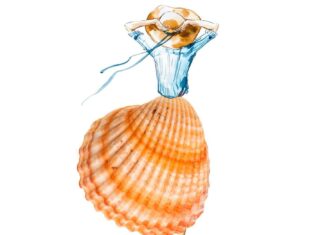A routine inspection of Paul Cézanne’s “Still Life with Bread and Eggs” revealed that there is much more to this famous painting than meets the eye. It turns out that the artwork, which is dated to 1865, actually hides what seems to be the artist’s self-portrait.
The discovery was made by Serena Urry, chief conservator at Cincinnati Art Museum, where the painting is displayed. Speaking with CNN, Urry explained that she made the discovery while examining “Still Life with Bread and Eggs” for any potential damage. Noticing two unusual areas of concentrated cracks, the expert started suspecting that there might be something underneath the top layer of paint.
Using an X-ray machine, Urry scanned the painting and revealed the canvas originally contained Cézanne’s portrait.
“He’s posed in the way a self-portrait would be: in other words, he’s looking at us, but his body is turned,” Urry shared with CNN.
If Urry’s suspicion turns out to be correct, this would be the earliest known Cézanne self-portrait. The artist painted more than a dozen self-portraits, but most of them came after the period when “Still Life with Bread and Eggs” was created.
There are several theories why Cézanne created a new painting over this self-portrait. Some believe that the original painting was an experiment that went wrong or that Cézanne used the same canvas to save money. However, Urry believes it was simply the fact that the artist suddenly had an inspiration and didn’t have a clean canvas he could use.
“Still Life with Bread and Eggs” will now undergo further testing, including the use of advanced technology, with hopes of discovering more about its mystery. In the meantime, the painting will soon be back on public display alongside the image of the X-Rays.



